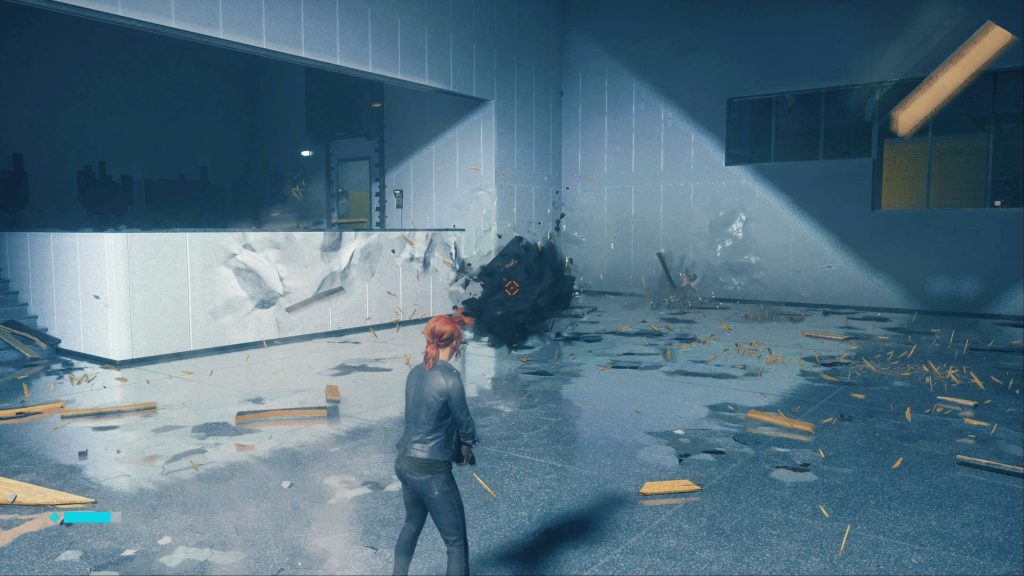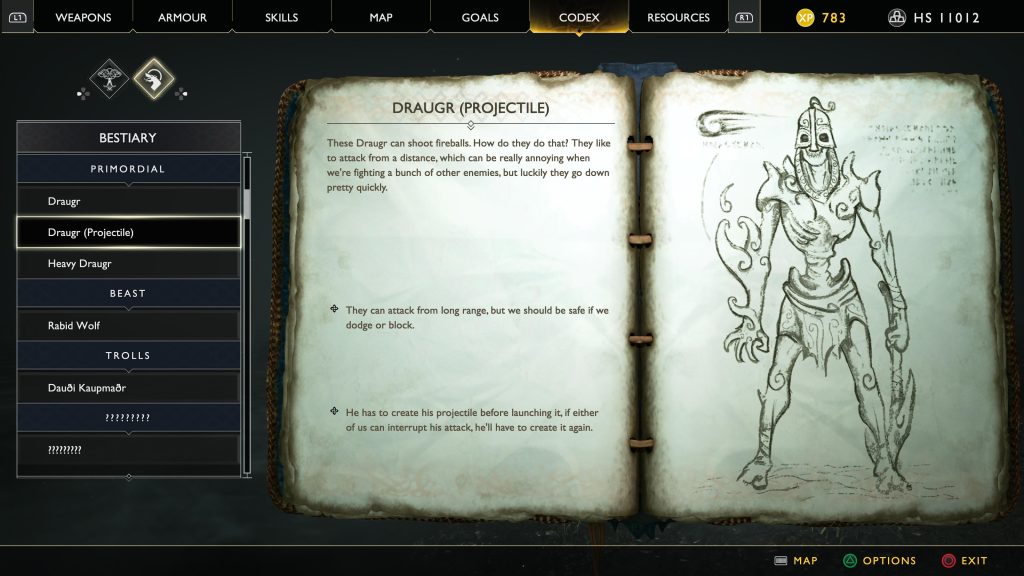Player vs. Monster: The Making and Breaking of Video Game Monstrosity
Jaroslav Švelch’s book Player vs. Monster: The Making and Breaking of Video Game Monstrosity has just been published by the MIT Press in the Playful Thinking series. It is a cultural history and a critique of monsters in games that tries to explain why games need monsters at all and what kind of otherness these monsters represent. Here are some of the key insights from Jaroslav’s book.



Monsters are simulated
Over the years, monsters have become a staple of video games, posing as enemies to beat and obstacles to overcome. Very often, these monsters are borrowed from film, literature, and comics. One can fight zombies, dragons, demons, aliens, and so on. But there is one important difference between monsters in traditional media and monsters in games. The latter are simulated and follow pre-defined rules. In a book, the monster can be hinted at with a vague yet creepy description. In a film, we can catch a glimpse of a monster and speculate about the details. In a game, we can encounter it again and again and play with it to learn its moves and find its weak spots. In general, this makes video game monsters less mysterious. It also explains why it is so difficult to adapt horror fiction into video games.
The paradox of the monster
The function of the monster in culture is to give shape to fears and anxieties of individuals as well as the society. The function of the monster in games is to serve the player’s experience of agency. With some exceptions, even the creepiest monsters are there for us to beat. This creates a paradoxical task for video game designers: how to make monsters that fill us with fear and awe even if we know they can be beaten? Game designers are aware of this issue and try to impress us with boss monsters – who are often bigger, more powerful, and visually impressive. But although the boss monsters might seem impossible at first, even they can be eventually beaten once the player spends some time figuring them out.
How Space Invaders changed arcade games
Before the 1970s, there were few if any monsters in games – think of chess, card games, board games, or sports. The practice of using monsters as opponents only took off in the 1970s, after the launch of the original tabletop Dungeons & Dragons in 1974 and the Space Invaders in 1978. This was the beginning of what we now call “player versus environment” gameplay. Space Invaders, specifically, presented a new paradigm of how monsters were used in shooting games. Before Space Invaders, there were shooting galleries and electromechanical shooting games. But in a shooting gallery, the worst thing that a target could do to you was to not get hit. The aliens in the 1978 Space Invaders game could, on the other hand, kill the player’s avatar – their embodiment in the virtual space. This innovation brought about gripping and intense gameplay and made shooter games incredibly popular.
Trivialization of monsters
Following the success of Dungeons & Dragons and Space Invaders, monsters became go-to video game antagonists. There are many good reasons for that: They had already been popular thanks to monster movies and comics, and slaying monsters is a prototypical element of a heroic story. Even more importantly, it is – at least usually – morally acceptable to kill monsters. After all, the designer of Space Invaders, Tomohiro Nishikado, originally intended to use human opponents, but decided that it would be unethical to shoot them. It is less controversial to have the player kill monsters rather than people. At the same time, this role of a default enemy has trivialized monstrosity. It presents a simplified view of otherness, according to which whole classes of beings are defined as expendable. The ease with which we kill monsters suggests that all our fears and problems can be destroyed with strength or firepower. This feels especially outdated at a time humanity faces incredibly complex challenges like climate change or global pandemics.
Using monsters creatively
In the final chapter of the book, Jaroslav looks at games that break the mold and question the idea that monsters can be simply killed for pleasure. First, there are titles like Shadow of the Colossus, which undermine the heroism and hubris of the monster killer. The game’s protagonist is a tragic hero who slays huge but peaceful colossi and eventually becomes a monster himself. Second, there are games that make monsters sympathetic – and the best example here is Undertale, where the player can kill monsters as they’re used to, but they can also take a “pacifist” route, although it is much more difficult. And finally, there are games where monsters are invisible, inscrutable, or otherwise out of reach. An example could be the Amnesia series, where the player’s avatar loses sanity when looking at monsters. All in all, video games and their monsters have immense potential to make us rethink our relationship with otherness and question our anthropocentric hubris – although very few games actually do that.

+ There are no comments
Add yours